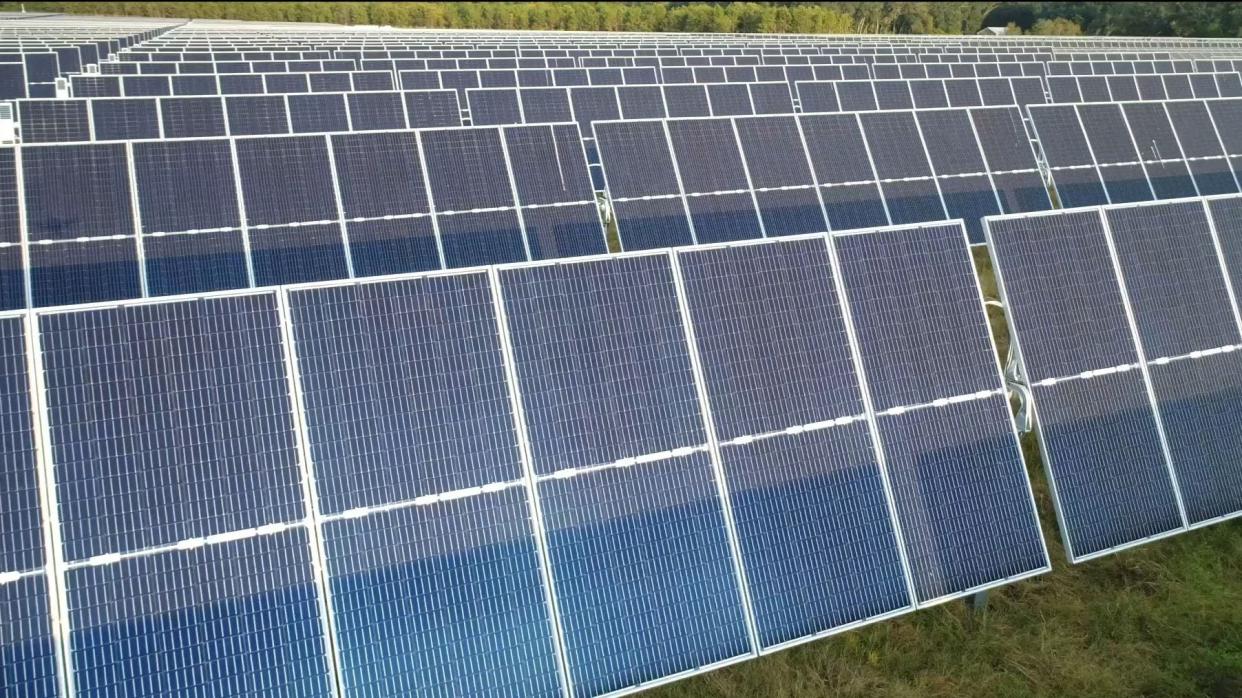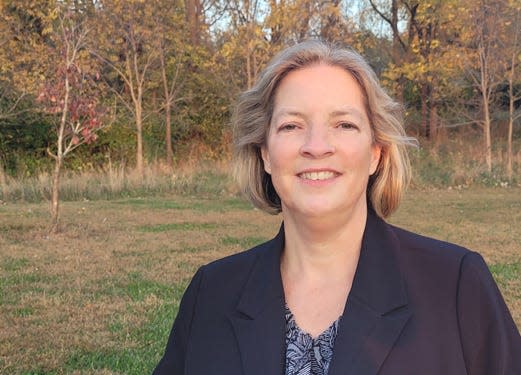Opinion: Program has helped Columbus transform to leader on climate and sustainability

In June 2017, I testified at Columbus City Council as chair of the Ready for 100 Columbus campaign, asking the city to transition to 100% renewable energy. Back then, 30 cities had made this commitment.
Now it’s over 200 cities nationwide.
After my testimony, then-Council President Zach Klein asked, “Are you looking for 100% renewable energy in city operations only or community wide?” When I answered community wide, there was an audible gasp.
How far Columbus has come.
Since then, the city has enacted Clean Energy Columbus, the largest renewable electricity aggregation program in the Midwest, and issued a Climate Action Plan that pledges to cut city wide emissions 45% by 2030 – in line with climate science.
City attorney: Calling for police reform does not make you anti-police
I know what it took to get city leaders to make these commitments because my campaign spent years talking with them about the initiatives needed in energy efficiency, renewable energy, public transit, electric vehicles, recycling, and more.
The linchpin of the program was electric aggregation for 100% renewable energy. Cincinnati had long been powered this way, and Worthington had just enacted it. We wanted Columbus to do so too, which by state law would require a ballot initiative.
That ballot initiative passed in 2020 with 76% of the vote, and Clean Energy Columbus was born – saving 1.2 million metric tons of carbon emissions per year.

More: Clean Energy Columbus starts in June; opt out now if you don't want in AEP program
So I am disappointed to see the Dispatch run articles that misunderstand and misrepresent this program. Energy policy is complicated, and the Dispatch has gotten much of it wrong. I would like to correct the record on three of several points: renewable energy certificates, local supply, and cost.
More: Columbus voters approve green-energy aggregation plan
More: Columbus electric aggregation program not so green, and costs more than many Ohio cities
Renewable Energy Certificates
When we first raised the idea of 100% renewable electric aggregation, we asked the city to stipulate that it come from local supply. But Ohio had very little solar and wind energy, and it would take time to build enough in-state supply to power Columbus.
In the meantime, we asked Columbus to do what most cities and companies that want renewable energy do – purchase renewable energy certificates, or RECs.
According to the EPA, “RECs are the accepted legal instrument through which renewable energy generation and use claims are substantiated in the U.S. renewable electricity market.”
One certificate means that 1 megawatt hour of renewable energy has been generated and put onto the grid. When a city or company purchases a REC, they claim that megawatt hour, and that REC is retired so no one else can buy it. RECs are audited and certified by Green-e Energy.
Currently our RECs come from Illinois, Nebraska, North Carolina, and Oklahoma, which next to Texas has the largest market for RECs in the country.
RECs are not as good as local supply, but they are better than not pursuing renewable energy at all. They incentivize the development of solar and wind projects nationwide, cleaning the grid and bringing down prices for everyone.
Bumps in the road to local supply
Our idea was that if a city as big as Columbus sought 100% Ohio-based renewable electricity, that would kick off a clean energy industry across the state – and that did start to happen. Shortly after the ballot initiative passed, dozens of solar projects were proposed in Ohio.
But just as Clean Energy Columbus caught the attention of the solar industry, it also sounded an alarm across the oil and gas industry – which doesn’t want competition from renewables.
Before long the state legislature, at the behest of oil and gas, passed laws that boost fossil fuels and stymie solar and wind. Chief among them was Senate Bill 52, which set up additional hurdles in local approval that solar and wind – but not oil and gas – must obtain. So far at least 10 counties have banned renewable energy projects.
Between the state legislature suppressing solar and wind, and supply chain woes due to covid and the war in Ukraine, building an in-state supply of renewable energy has hit some bumps in the road. It’s still happening, but slower than anticipated.
Even so, the city’s supplier, AEP Energy, is in talks with eight Ohio-based solar and wind projects in various phases of development. Most are projected to be online by mid-2025.
Cost
The Dispatch also took Clean Energy Columbus to task on cost, which will be 7.9 cents per kilowatt hour (kWh). And it’s true that other cities got slightly cheaper prices for 100% renewable energy default programs this year. Worthington got 6.9 cents, Grove City got 7.0 cents, and Delaware got 7.1 cents per kWh.
All four cities got prices much cheaper than the cost of standard dirty energy, which will go up to 11.5 cents per kWh in June.
Columbus added two programs: 0.1 cents for community grants to support workforce development and energy efficiency in neighborhoods with high energy burdens, and 0.525 cents for an “accrual offset fund” that puts away money for a rainy day.
Thanks to climate change and world events, the energy market has become quite volatile. Previously, the price of renewable energy was slightly higher than dirty energy, but in June that will flip, with dirty energy costing a lot more.
The city saw this as an opportunity to set aside half a cent per kWh in case the situation flips again. If the cost of renewables goes up or dirty energy comes down, they can draw from the accrual offset fund to ensure renewable energy remains affordable.
Since 2017, Columbus has transformed from laggard to leader on climate and sustainability, and Clean Energy Columbus is a large part of why. This program is worthy of our support.
Cathy Cowan Becker chaired Ready for 100 Columbus from 2017 through 2021. She now co-leads the campaign against fracking in Ohio’s state parks and public lands.
This article originally appeared on The Columbus Dispatch: Opinion: Despite negative press, Clean Energy Columbus deserve support

